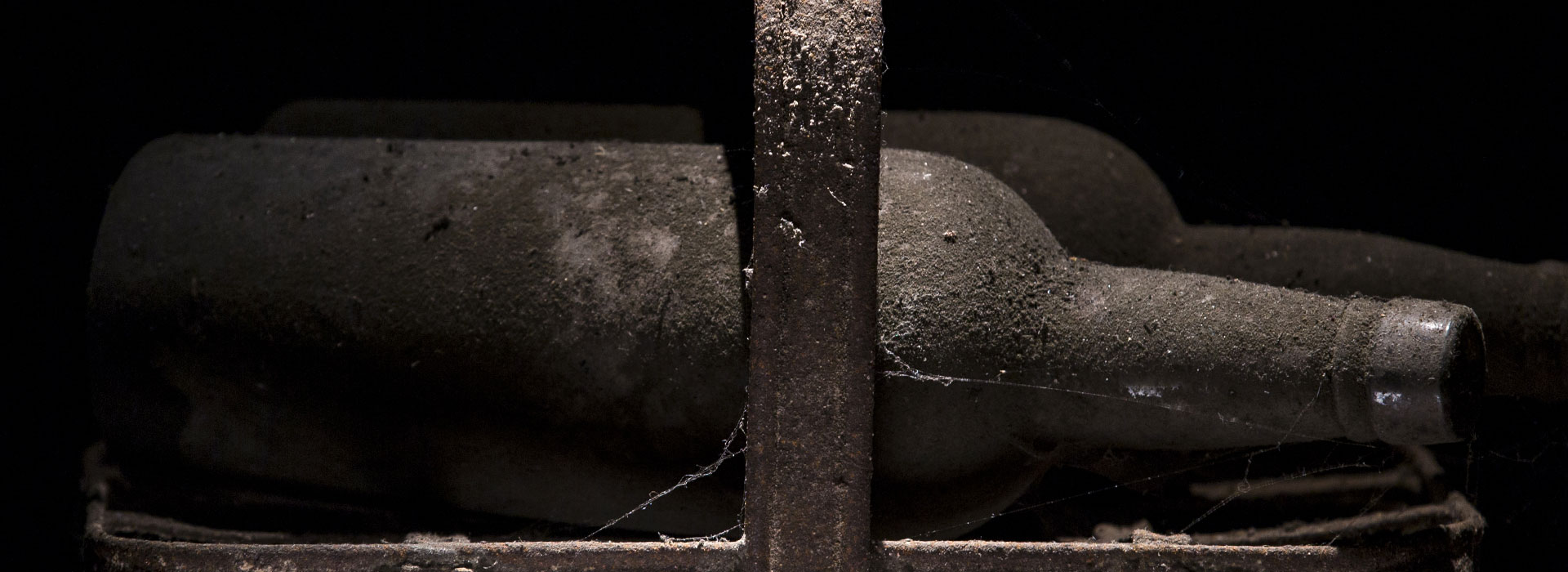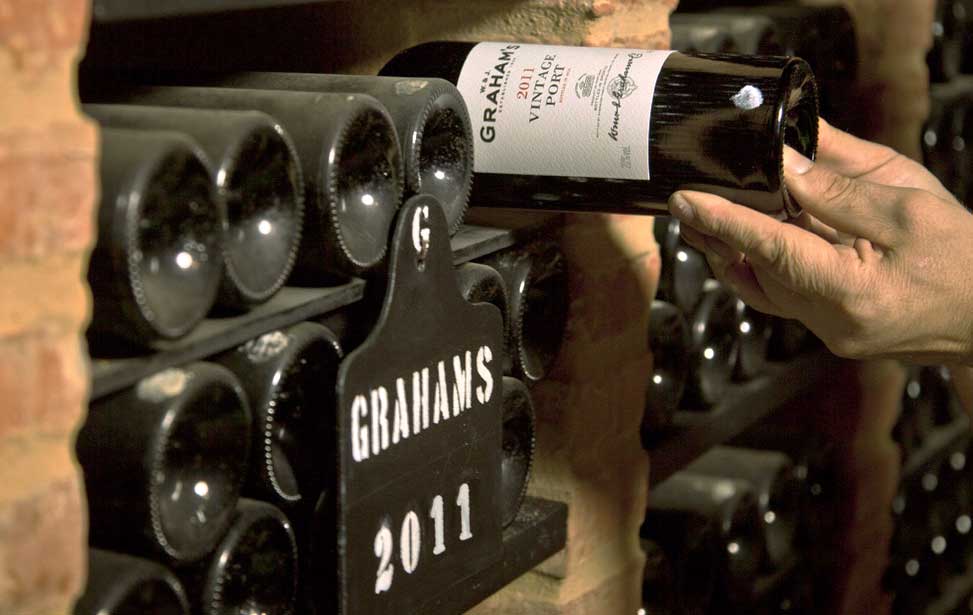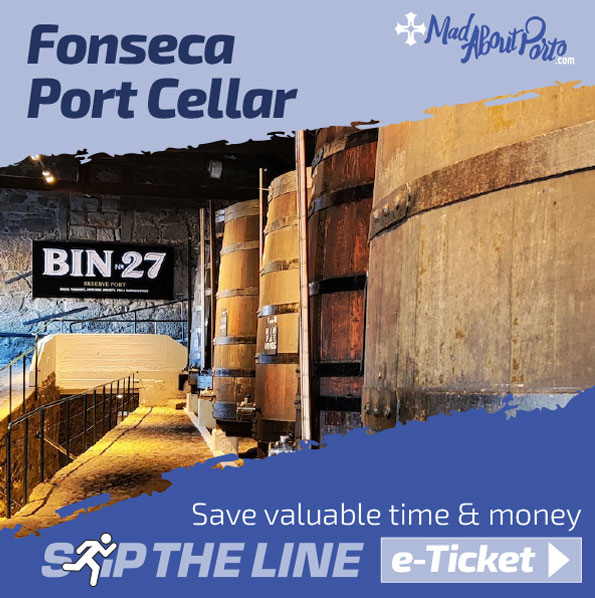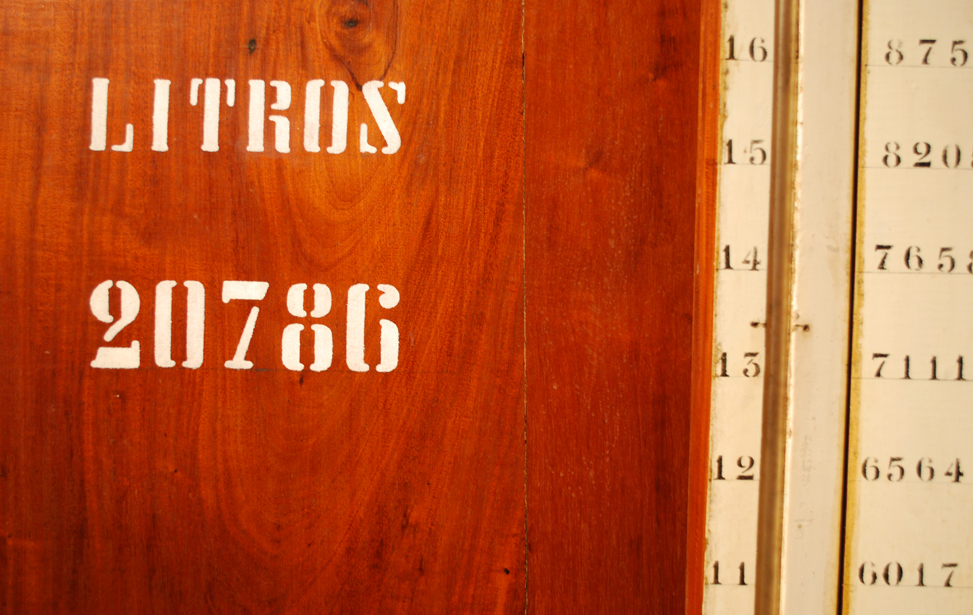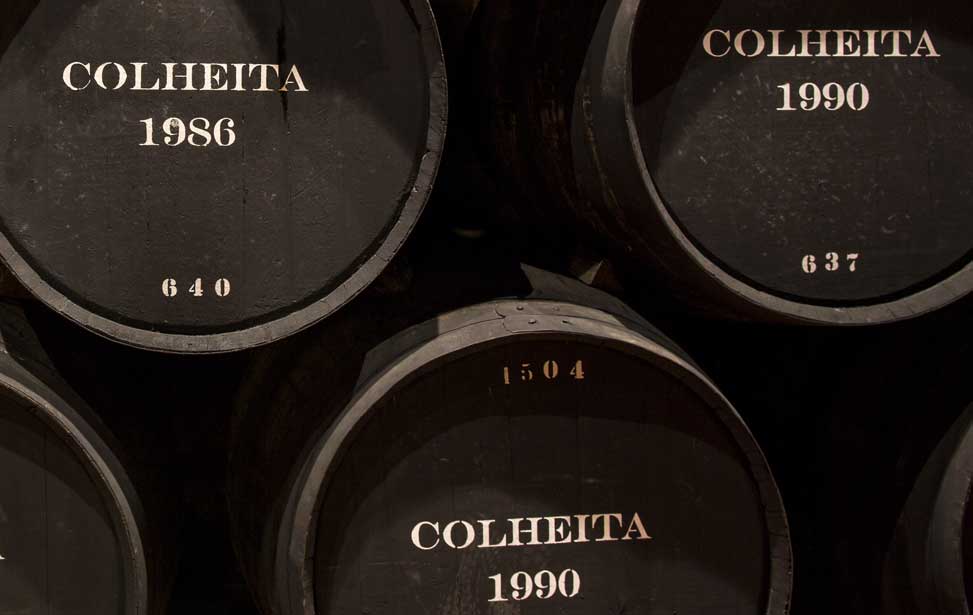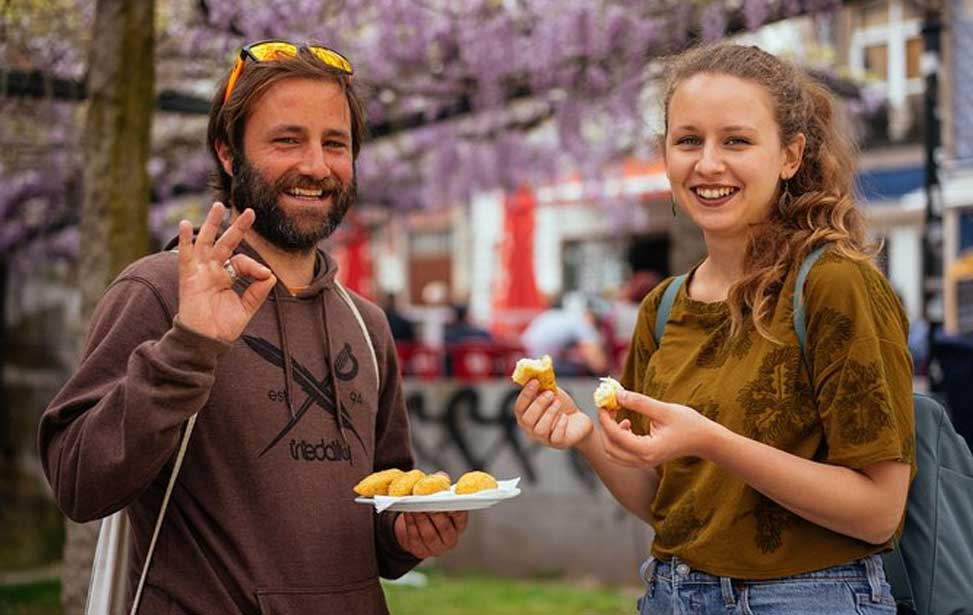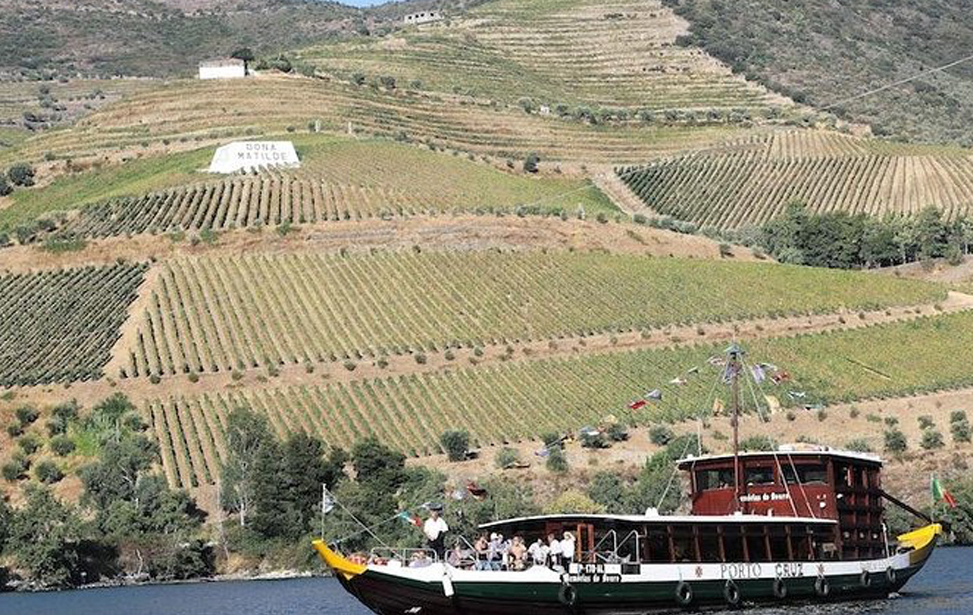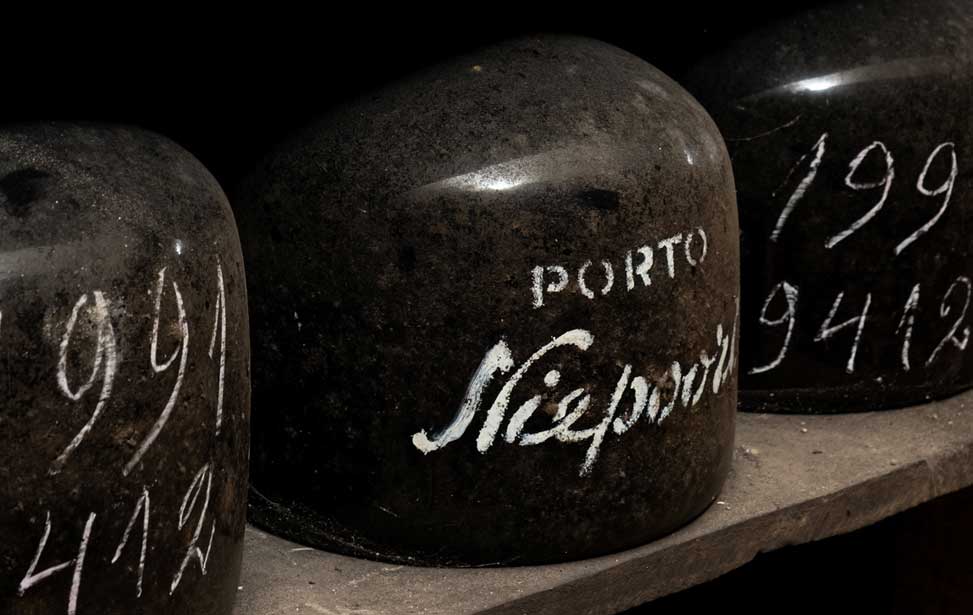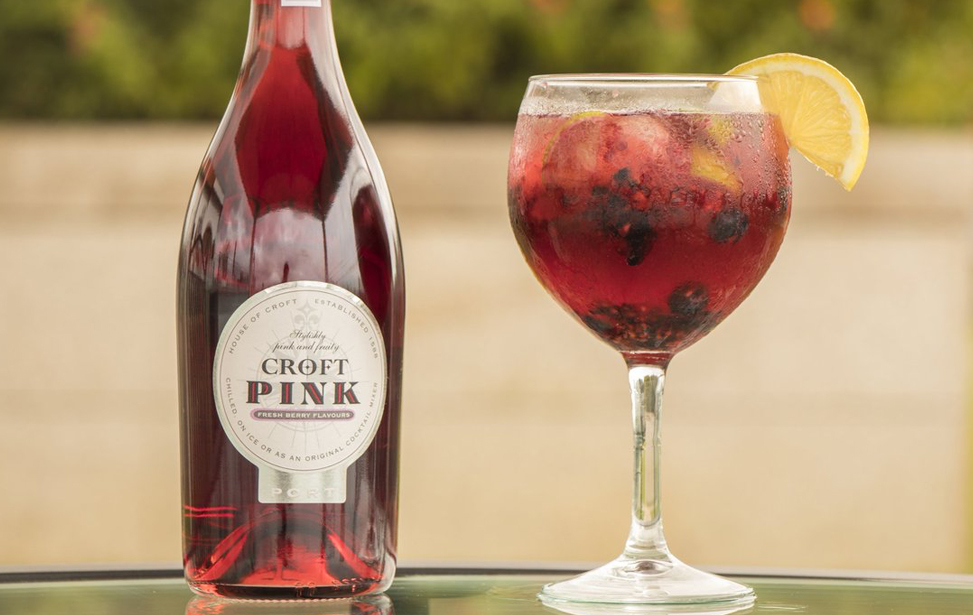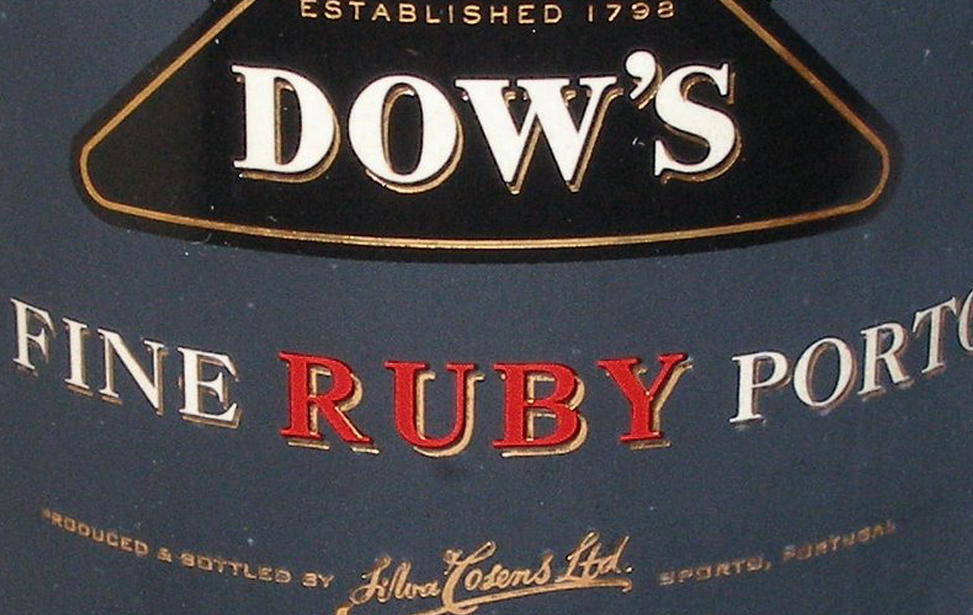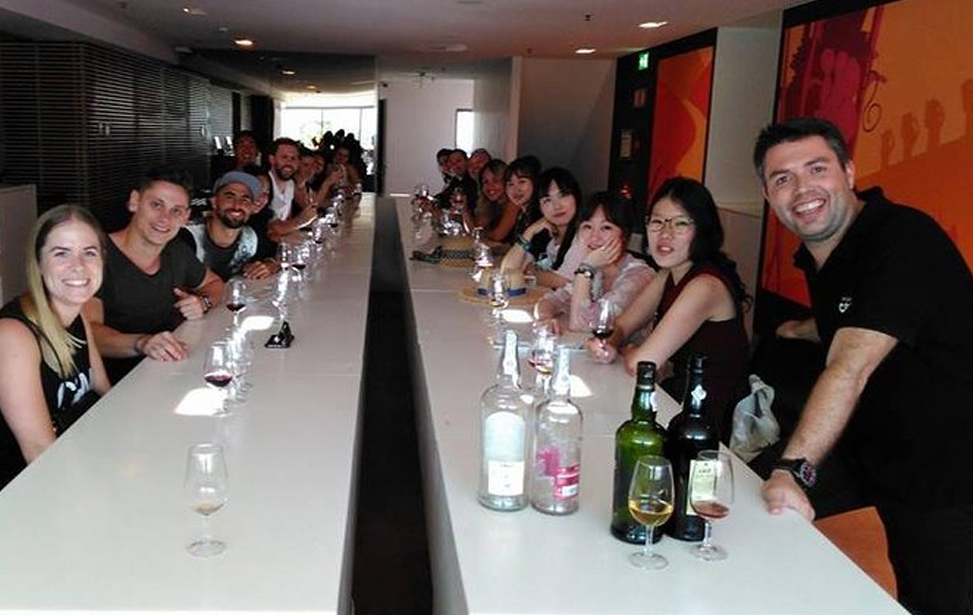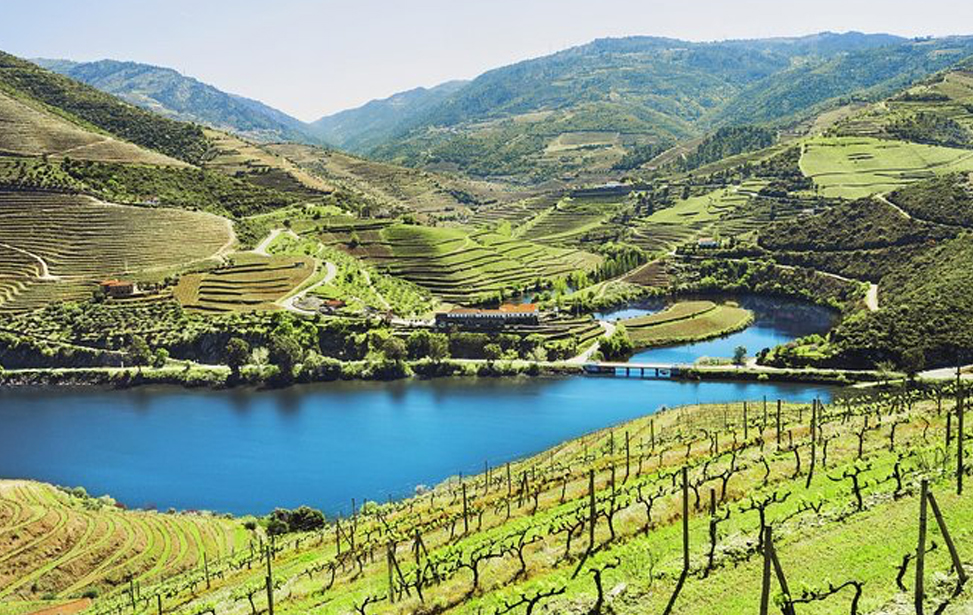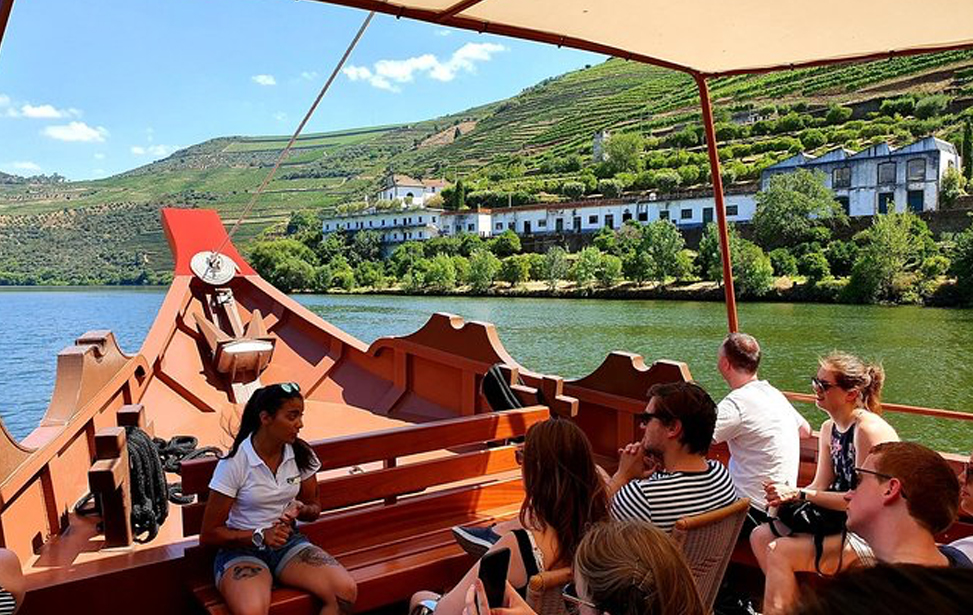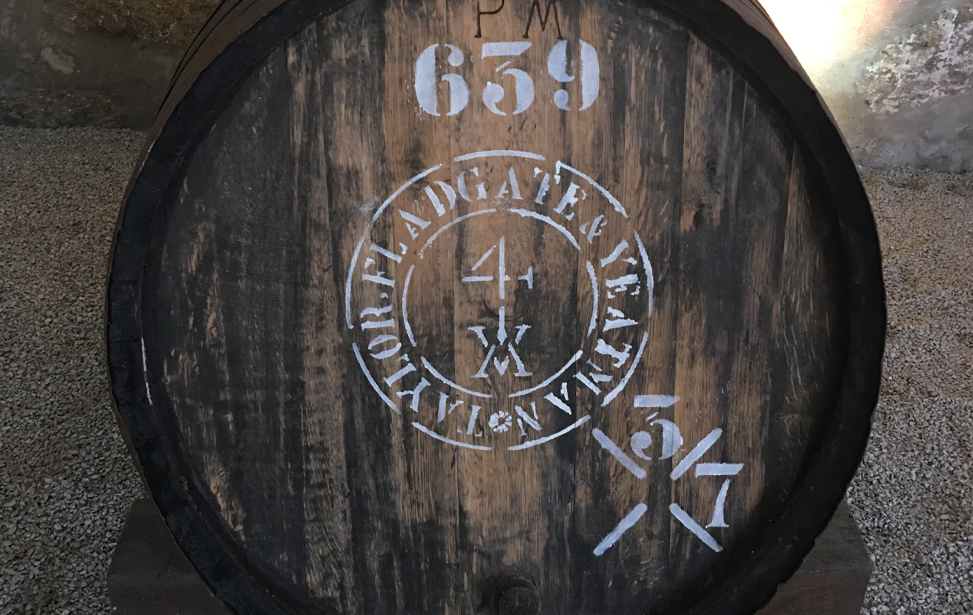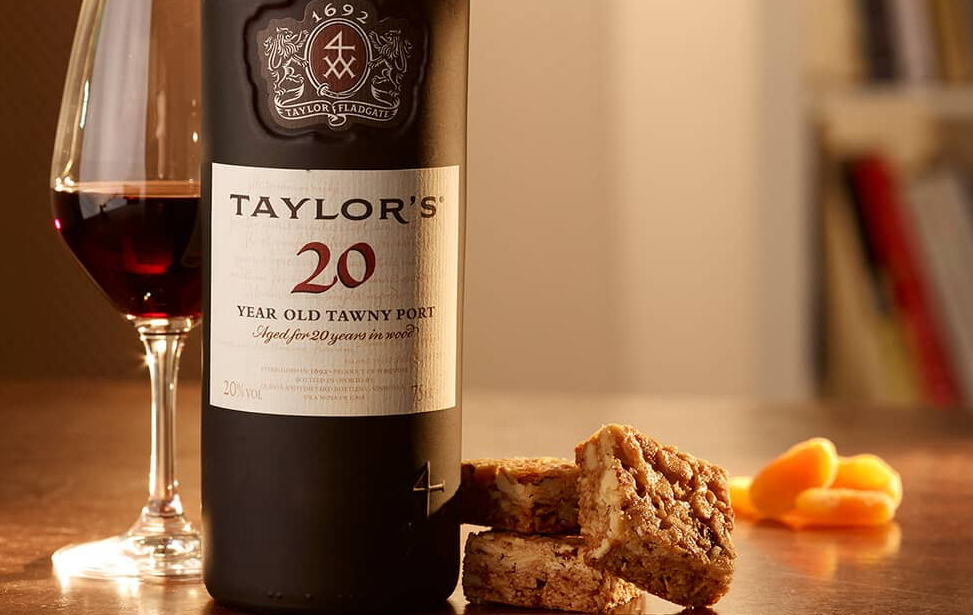PORT WINE
In a class of its own, Port is a unique fortified wine style hailing from the spectacular terraced vineyards of Portugal's Douro Valley. It has inspired imitations from many of the world's wine regions, but as with Champagne, none of the competitors can match a top vintage Port from a good producer. Port is a unique wine style that derives its flavour, strength and sweetness from adding spirit to still-sweet, part-fermented grape must. Actually, it would probably be more accurate to say that Port represents two different wine styles, depending on whether the wine is primarily aged in a bottle or in a cask. Most readers will probably be familiar with the sweet, dark, tannic, richly fruited style of Vintage and Single Quinta Ports. They are bottled young and will then slowly age to mellowness. Less commonly appreciated are the cask-matured Ports known as Tawny or Colheita (these are vintage-dated tawnies). They are typically lighter in colour, with soft spicy nutty flavours and less overt fruitiness. Both styles are worthwhile.
Until 1987 a wine could only be called Port (or Vinho do Porto) if it had spent time ageing in Vila Nova de Gaia. The EU had a hand in extending the demarcated region to include the Douro area. However, Port wine is Gaia's heritage. Around 60 Port lodges still clamber up the steep hill and is a mecca for Oenophiles. About two dozen port lodges are open for tours and tastings on weekdays and Saturdays.


 MAD ABOUT LISBON
MAD ABOUT LISBON MAD ABOUT SINTRA
MAD ABOUT SINTRA MAD ABOUT PORTUGAL
MAD ABOUT PORTUGAL